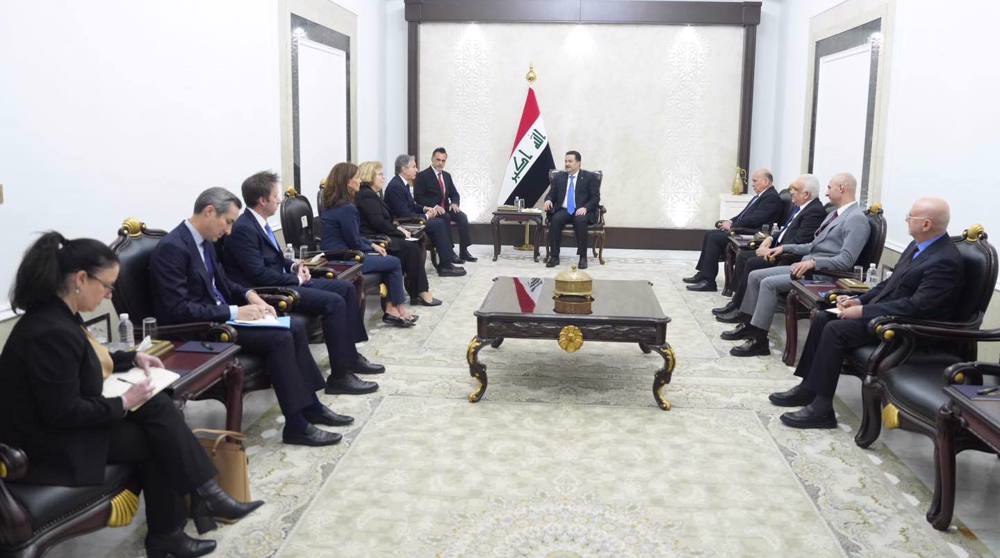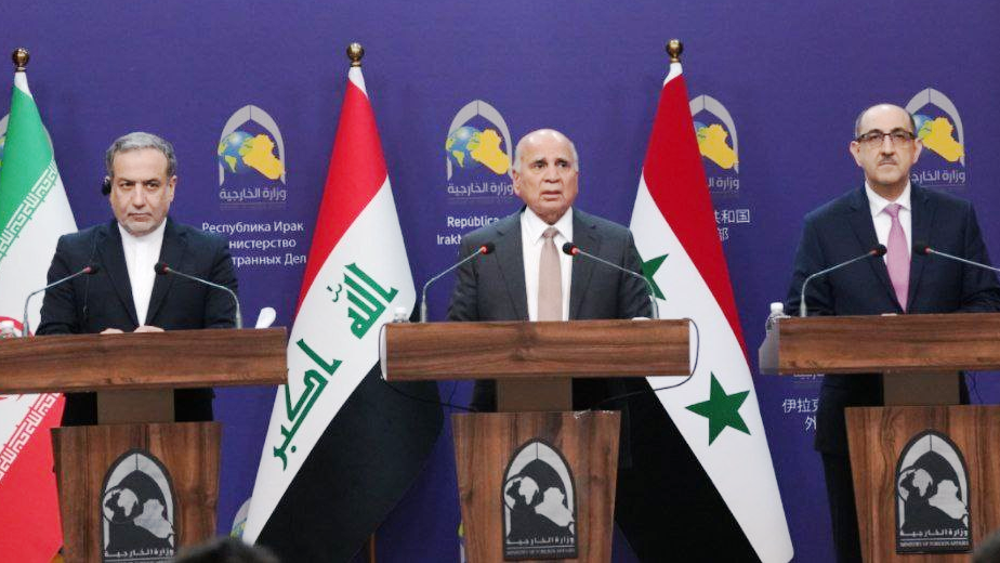Iraqi troops found dozens of bodies in Old Mosul mass grave
Iraqi forces have reportedly found a mass grave in the Old City of Mosul, containing the bodies of at least 60 people, mostly members of security forces, who were slain by Takfiri Daesh terrorists as they were fighting the extremists to recapture the country’s second largest city.
Captain Ahmad al-Obeidi of Nineveh Provincial Police told Basnews news agency on Monday that there were signs of torture on the bodies discovered in the al-Maidan neighborhood of the Old City of Mosul.
Obeidi added that the victims had apparently been shot in the head at point blank, noting that 44 of the corpses belonged to members of Nineveh provincial police.
On July 10, Iraqi Prime Minister Haider al-Abadi formally declared victory over Daesh extremists in Mosul, which served as the terrorists’ main urban stronghold in the conflict-ridden Arab country.

In the run-up to Mosul's liberation, Iraqi army soldiers and volunteer fighters from the Popular Mobilization Units, commonly known by the Arabic name Hashd al-Sha’abi, had made sweeping gains against Daesh since launching the operation on October 17, 2016.
The Iraqi forces took control of eastern Mosul in January after 100 days of fighting, and launched the battle in the west on February 19.
An estimated 862,000 people have been displaced from Mosul ever since the battle to retake the city began eight months ago. A total of 195,000 civilians have also returned, mainly to the liberated areas of eastern Mosul.
‘Daesh holding over 250,000 civilians captive in Anbar’
Separately, a member of Anbar provincial council, says more than 250,000 civilians are trapped in Daesh-held areas in the embattled western Iraqi province.

Farhan al-Dulaimi told Arabic-language al-Maalomah news agency that Daesh Takfiris are holding them captive in the towns of Anah, Rawa and al-Qa'im, located near the border with war-ravaged Syria and approximately 400 km northwest of the capital Baghdad.
Dulaimi stressed that some families have fled Daesh’s grip through rough and unpaved roads, adding that civilians still held in the three towns are being used as human shields in the wake of much delayed liberation operations.
China ‘firmly opposes’ US military aid to Taiwan
VIDEO | Press TV's News Headlines
President Yoon Suk Yeol to be removed from office
At least 19 Gazans killed by Israeli airstrikes since dawn: Medics
Leader: Iran neither has nor needs proxy forces
US fighter aircraft shot down ‘in friendly fire’ amid aggression on Yemen
Yemeni FM: Israel’s sponsors accountable for ongoing aggression on Sana’a
Eight Palestinians killed as Israel attacks Gaza school, hospitals



















 This makes it easy to access the Press TV website
This makes it easy to access the Press TV website